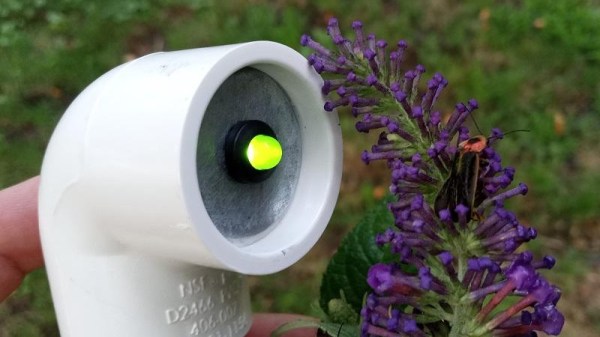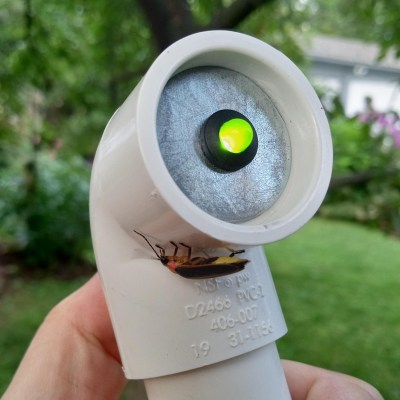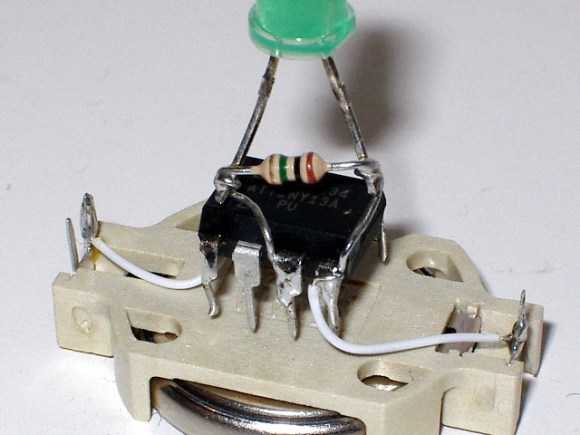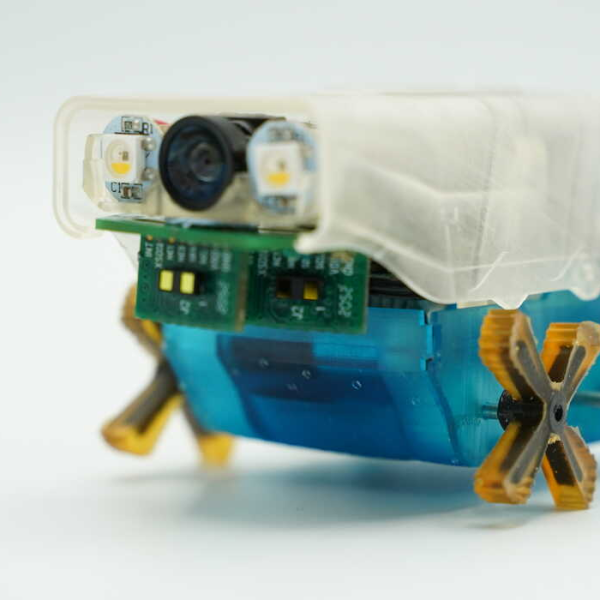
After recently landing at the Moon’s Mare Crisium, Firefly’s Blue Ghost lunar lander craft was treated to a spectacle that’s rarely observed: a total solar eclipse as seen from the surface of the Moon. This entire experience was detailed on the Blue Ghost Mission 1 live blog. As the company notes, this is the first time that a commercial entity has been able to observe this phenomenon.
During this event, the Earth gradually moved in front of the Sun, as observed from the lunar surface. During this time, the Blue Ghost lander had to rely on its batteries as it was capturing the solar eclipse with a wide-angle camera on its top deck.
Unlike the Blood Moon seen from the Earth, there was no such cool effect observed from the Lunar surface. The Sun simply vanished, leaving a narrow ring of light around the Earth. The reason for the Blood Moon becomes obvious, however, as the refracting of the sunlight through Earth’s atmosphere changes the normal white-ish light to shift to an ominous red.
The entire sequence of images captured can be observed in the video embedded on the live blog and below, giving a truly unique view of something that few humans (and robots) have so far been able to observe.
Continue reading “Blue Ghost Watches Lunar Eclipse From The Lunar Surface”



















